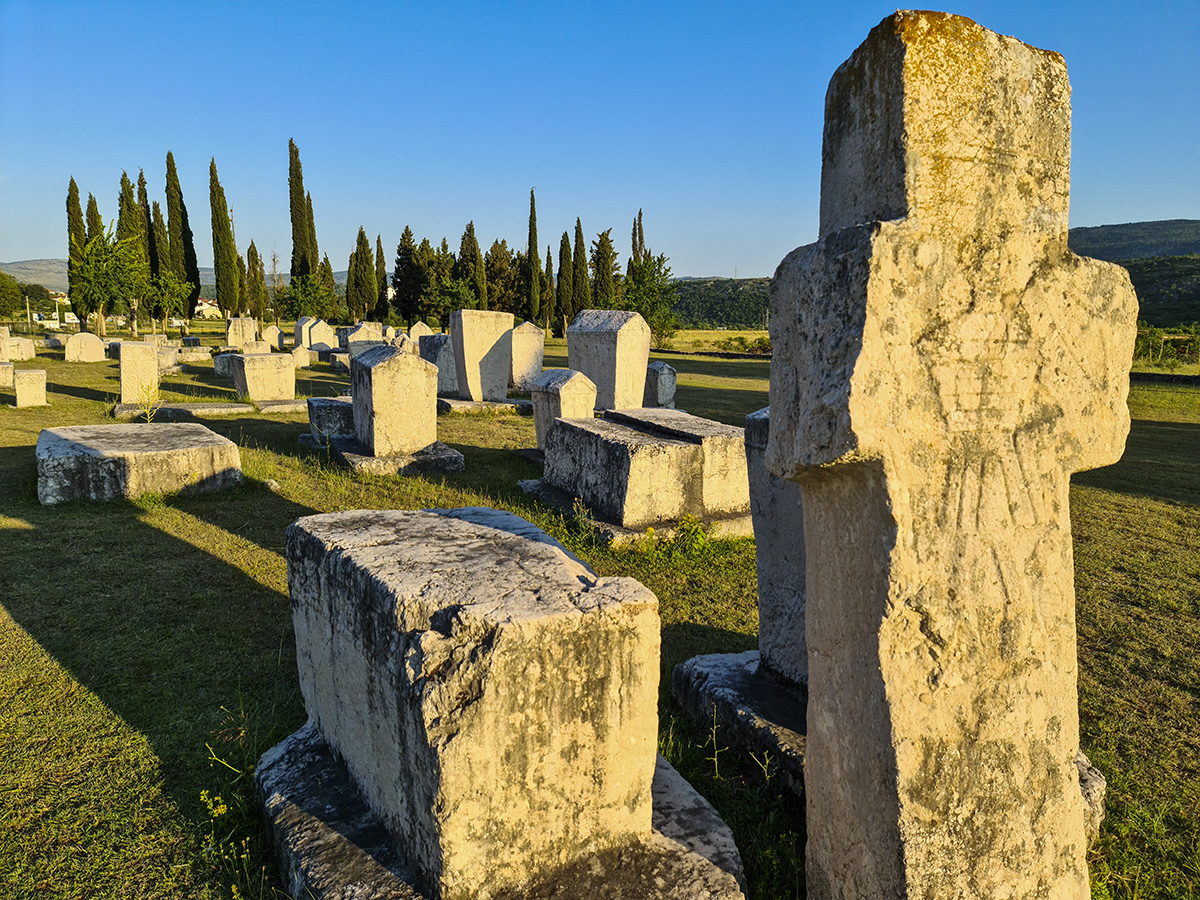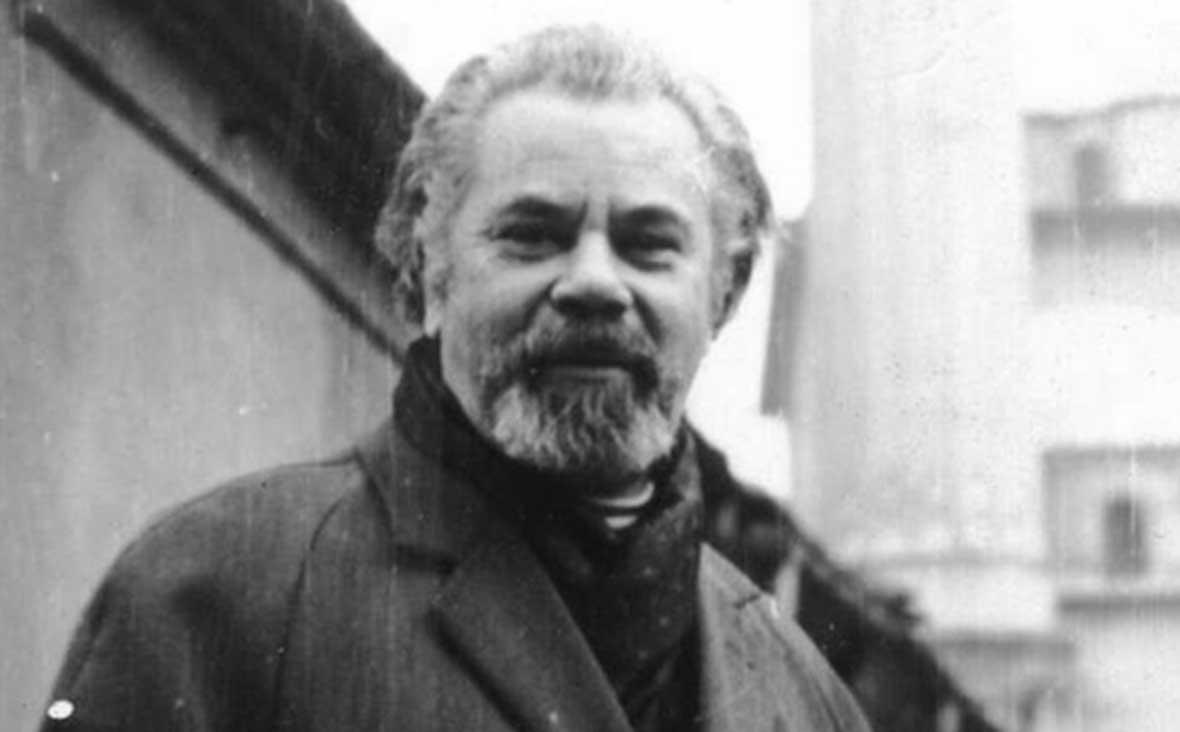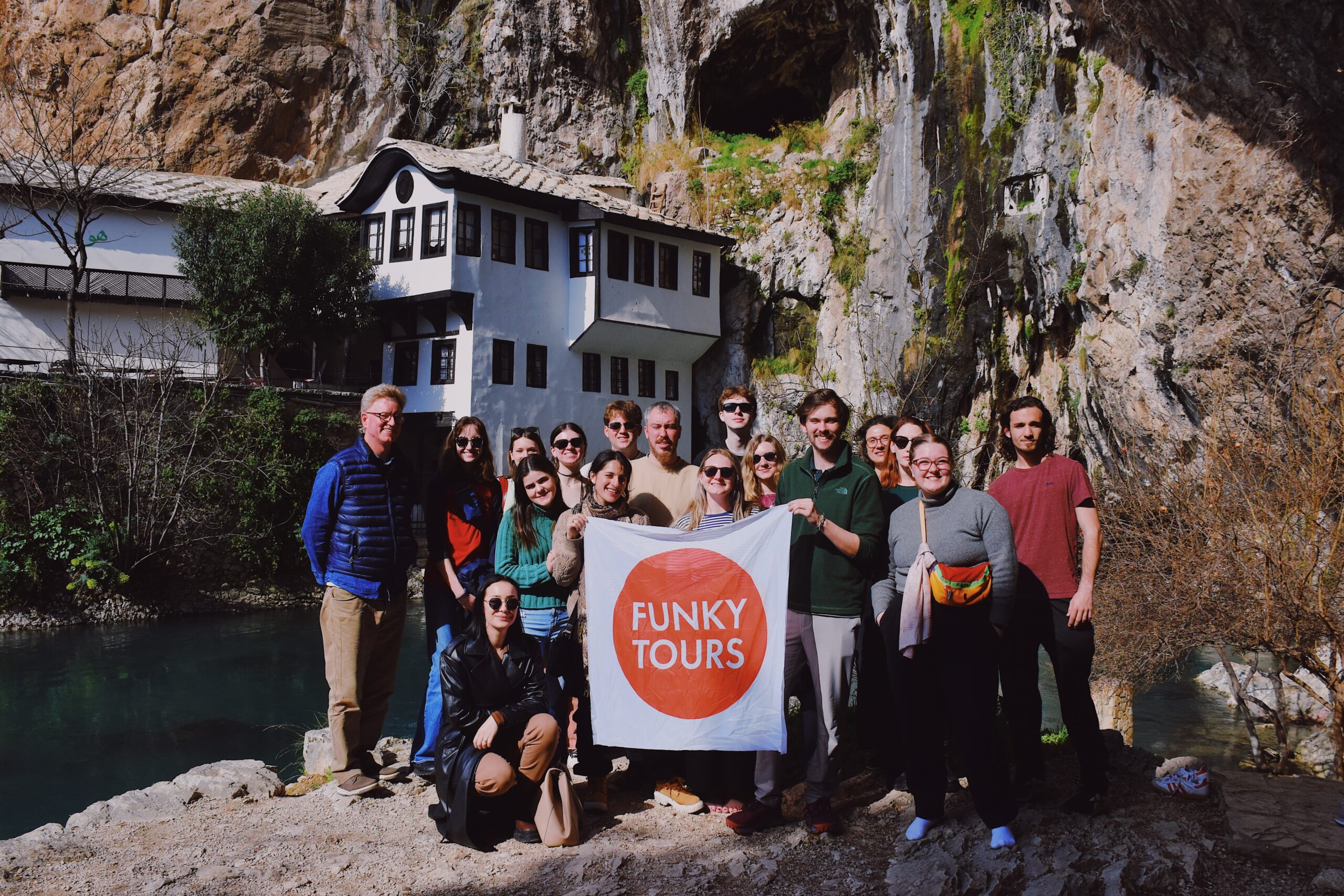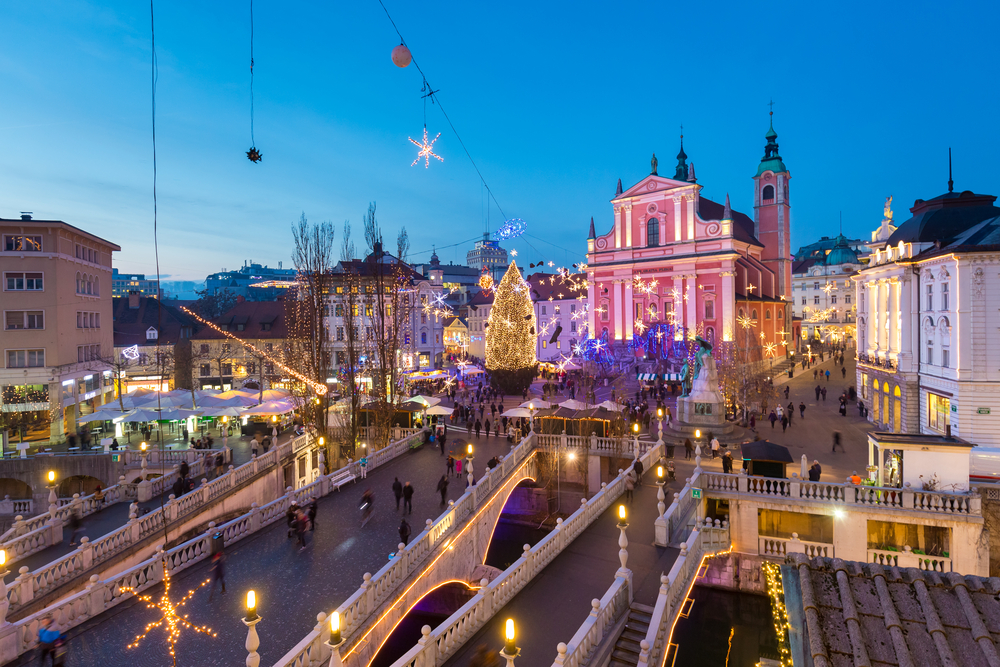Stolac, along with an inevitable Makova Hiza should be visited right now, at this moment, immediately. Moreover, it should be left inside of you so that, when you leave this place physically, you will be able to return to its premises in bright corners of your the mind. Regardless of the period you are visiting, the door of Stolac and Makova Hiza are always open.
Still, it may be best to opt for a visit during the Festival “Slovo Gorcina”(Letter/ Alphabet of Gorcin). The Slovo Gorčina Cultural Festival has been held since 1971 in Stolac at the Radimlja Necropolis.
It is a festival that offers an opportunity to gather the people and content that can be poetry, music, painting, film, philosophy, history and all other media of the human spirit. The idea of the festival is making a spiritual connection and communion of all of that is beautiful and useful. These are meetings that strive to symbolically represent the area, region and state of Bosnia and Herzegovina on a platform of unity and humanity.

























